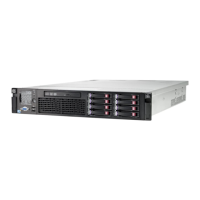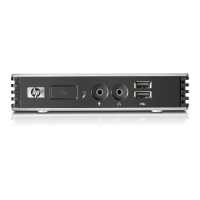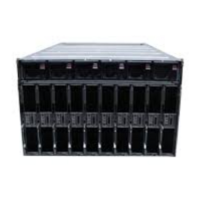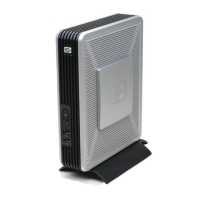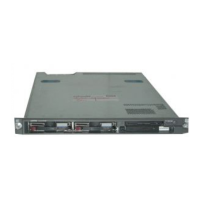3. Enter the license key and press Enter.
4. Verify your license key. See “Viewing RAID advanced pack license keys” (page 134).
Viewing RAID advanced pack license keys
1. At the ORCA main menu, select Manage License Keys.
2. Select View License Key(s).
3. All advanced pack license keys are displayed. Press Esc to return to the License Keys Menu.
UEFI
UEFI is an OS and platform-independent boot and preboot interface. UEFI resides between the OS
and platform firmware, enabling the OS to boot without having details about the underlying
hardware and firmware. UEFI supports boot devices, uses a flat memory model, and hides platform
and firmware details from the OS.
NOTE: Unified UEFI Forum, Inc. defines the specification used to implement UEFI. POSSE is an
HP extension to UEFI, which provides a common user interface architecture to better serve HP
customers, service, and manufacturing.
UEFI consolidates boot utilities similar to those found in PA-RISC based servers, such as the BCH,
and platform firmware into a single platform firmware. UEFI enables the selection of any UEFI OS
loader from any boot medium that is supported by UEFI boot services. An UEFI OS loader supports
multiple options on the user interface.
UEFI supports booting from media that contain an UEFI OS loader or an UEFI-defined server
partition. An UEFI-defined system partition is required by UEFI to boot from a block device.
The UEFI boot manager loads UEFI applications (including the OS first stage loader) and UEFI
drivers from an UEFI-defined file system or image loading service. NVRAM variables point to the
file to be loaded. These variables contain application-specific data that is passed directly to the
UEFI application. UEFI variables provides system firmware a boot menu that points to all the
operating systems, even multiple versions of the same operating systems.
The UEFI boot manager enables you to control the server booting environment. Depending on how
you have configured the boot options, after the server is powered up the boot manager presents
you with different ways to bring up the server. For example, you can boot to the UEFI shell, to an
operating system located on the network or residing on media in the server, or the Boot Maintenance
Manager. See “Using the boot maintenance manager” (page 138) for more information.
UEFI shell and HP POSSE commands
For details on these commands, enter help command at the UEFI Shell prompt.
134 Utilities
